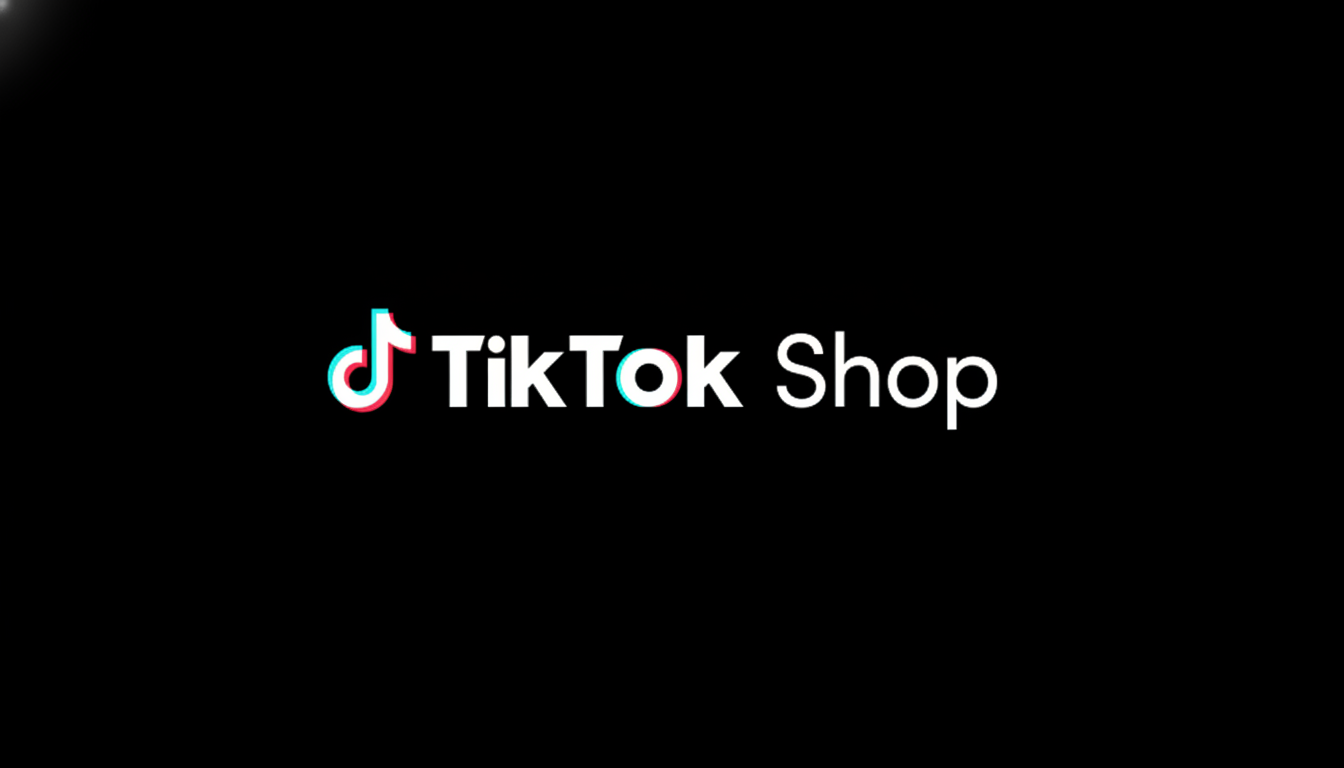TikTok Shop is wrestling with a deluge of knockoff listings, preventing more than 70 million products from reaching buyers in its latest report — an eye-popping total the company says reflects a 40% surge over the previous period. The spike is the result of bad actors doubling down on generative AI to develop fake brands, listings and reviews at industrial scale.
How AI Turbocharges Counterfeit Operations on Marketplaces
It used to take teams of designers, copywriters and photo editors banging their heads together to create magazine-cover forgeries. Today, text-to-image models spin up glossy packaging shots in minutes, large language models vomit out thousands of product descriptions with carefully tuned keywords, and audio tools fart out so-called creator-style endorsements. Fraud rings can stand up a store overnight, pump out dozens of “dupe” listings, scrape payments and disappear — only to resurface under new identities.
- How AI Turbocharges Counterfeit Operations on Marketplaces
- How Scam Factories Utilize the Platform to Evade Detection
- TikTok’s Defensive Measures and the AI-Driven Arms Race
- Why This Surge Is Important for Shoppers and Brands
- What Might Actually Make a Difference Against Counterfeits
- The Bottom Line on AI, Counterfeits, and Marketplace Safety

Executives responsible for marketplace integrity at TikTok say the activity is organized, cross-border fraud. Reporting from Business Insider: “The fact that teams within TikTok are now scrambling to use their own AI to discern AI-generated lies” sounds a lot like a tech arms race anyone on the spam, malware, and ad fraud cat-and-mouse cycles would recognize.
How Scam Factories Utilize the Platform to Evade Detection
The playbook is increasingly standardized. Operators create fraudulent front brands — generating an entire catalog out of whole cloth, including logo sets, size charts, and lifestyle imagery that never existed outside the pages of a catalog. Listings are A/B tested at scale, with price points and claims optimized by bots for conversion. Synthetic review farms juice engagement, while short-form videos rely upon AI narration and stock-style clips to ape creator content.
Verification barriers can be gamed, too. Scammers open seller accounts using AI-edited documents and identity-masked selfies, then spread risk across dozens of micro-stores. Once the takedowns land, whatever stock and assets have been relayed through dropship networks, or never existed in the first place — leaving customers with chargebacks and platforms with clean-up detail.
TikTok’s Defensive Measures and the AI-Driven Arms Race
TikTok says it is cutting off the flow of violative items at the “pre-listing” phase by, for example, using computer vision to identify suspicious packaging and logos, natural language models to identify misleading claims, and graph analysis to uncover clusters of orchestrated accounts. Claim escalation and rights-holder complaints are handled by humans, with repeat offenders hit with “account-linking” bans that prevent re-launch under new names.
The company isn’t alone. Amazon’s brand protection teams say they deploy similar methods to prevent swarms of attacker account attempts and stop millions of counterfeit products. Rights owners have pressed platforms to go further with proactive detection and faster takedowns, claiming that reaction-only models can’t keep up with AI-born manipulation.

Why This Surge Is Important for Shoppers and Brands
With buyer’s remorse a relatively minor evil, counterfeits pose safety risks — think cosmetics with dangerous ingredients, toys without at least basic consumer-safety certifications, or electronics branded with low-quality batteries. Fake listings undermine pricing for legitimate sellers, tap ad budgets, and blur brand rep. The Organization for Economic Cooperation and Development estimates that the global trade in counterfeit goods comprises a significant portion of world trade; through leakage, it erodes tax bases and fuels criminal networks.
Previous reporting by PCMag has also spotlighted campaigns that established fraudulent storefronts to exfiltrate personal data and cryptocurrency, illustrating the way “fake product” operations frequently pull double duty as phishing lures. On social commerce platforms, where purchase decisions rely on trust and creator signals, a couple of viral scams can leave users cold toward entire categories.
What Might Actually Make a Difference Against Counterfeits
“We need a multi-layered defense,” experts say. Tighter seller onboarding — live identity checks, device fingerprinting, and verified business registrations — all mean that reentry costs more. Displaying escrow and delayed disbursement for new sellers might be enough to dull “list and run” schemes. On the content side, AI models trained to spot telltale artifacts in generated images, packaging renders, and templated copy help front-run uploads before they go viral.
More meaningful collaboration with brands is also crucial. Known infringement data sharing, programmatic whitelists of authorized distributors, and standard signals of product authenticity (like serialization or a cryptographic receipt) allow platforms to develop more precise filters. Regulators are also under pressure on the issue: with new compliance regimes around marketplaces, regulators are increasingly requiring platforms to show they have become more active in mitigating risk and reporting data transparently.
The Bottom Line on AI, Counterfeits, and Marketplace Safety
Artificial intelligence has supercharged both sides of the marketplace integrity battle. The fact that TikTok Shop says it prevented more than 70 million suspect products — and the fact that its blocks jumped by a full 40% — bode real progress, and rapidly spreading mayhem. Winning will be not only about doing that, but also combining that with aggressive identity controls, AI screening before the fact, and lightning-fast collaboration with rights-holders — all while preserving the speed and creativity required to make social commerce tick.

